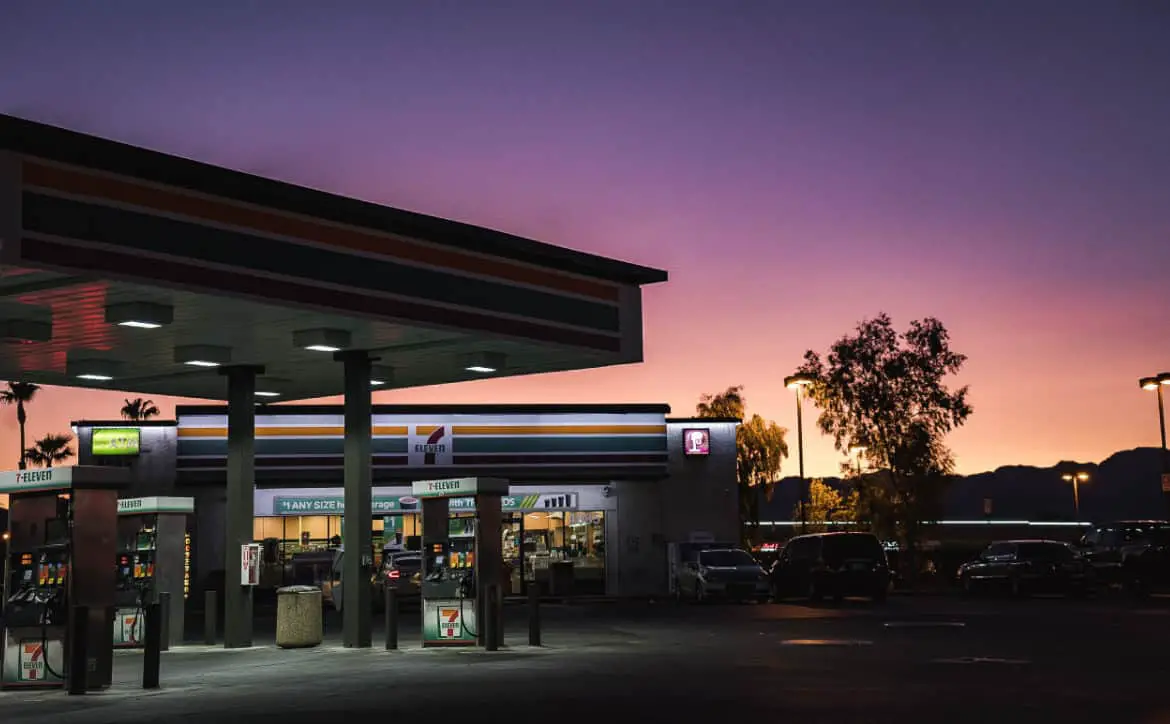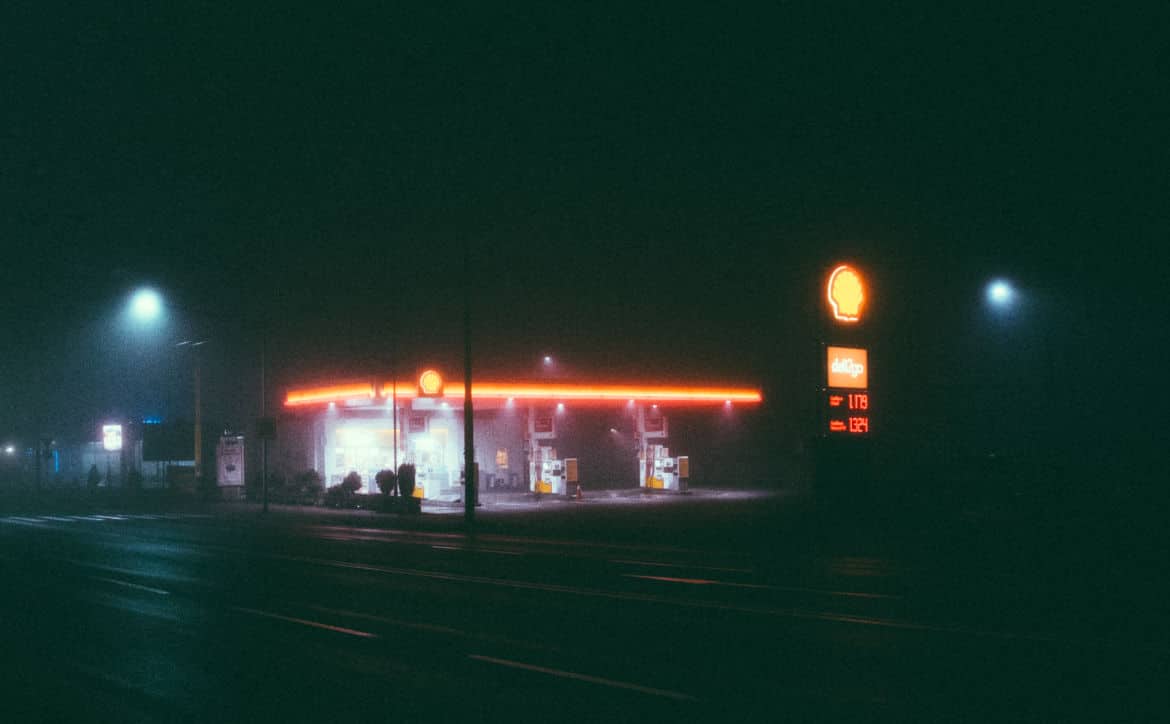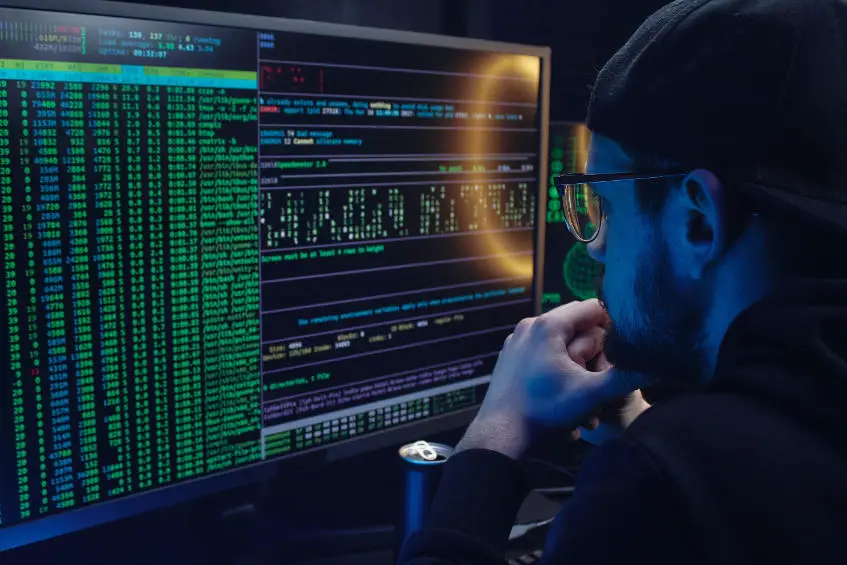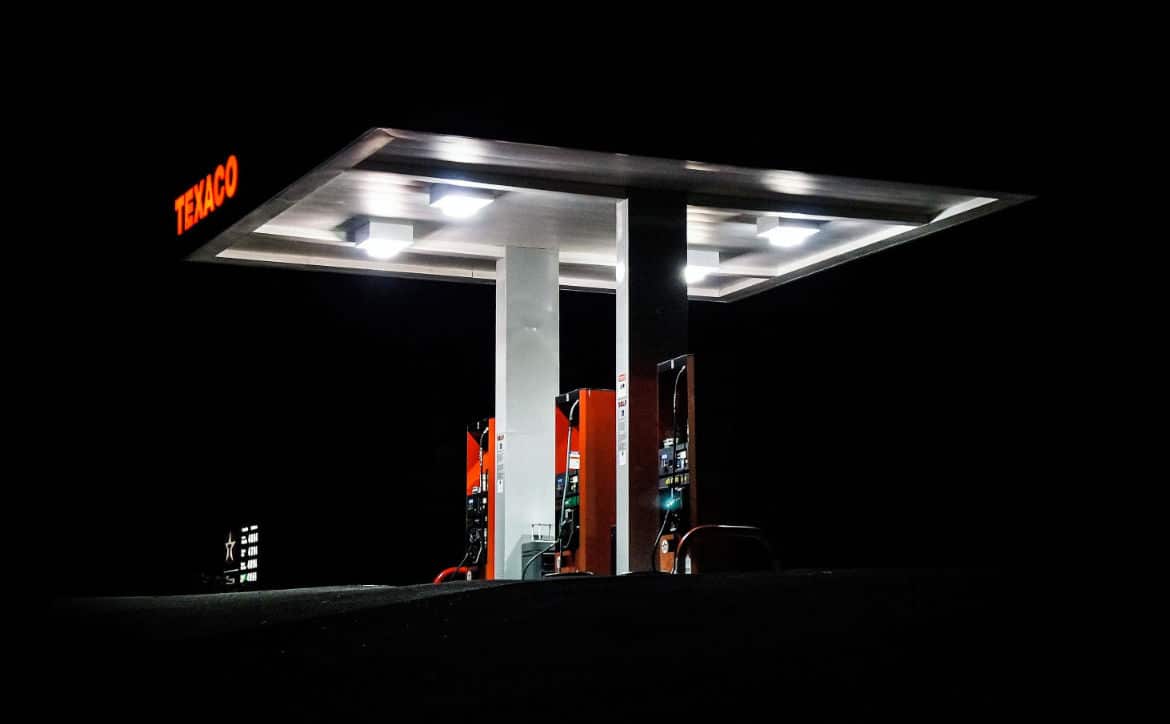Gas Prices Are High — Does the Popular App Upside Save Money? Turns out, it depends on who you are
By: Maddy Varner and Dara Kerr

With gas prices skyrocketing, the search for savings has become increasingly urgent. Apps that save you money on gas may offer some help, but how much help — and for whom — turns out to be far from clear.
One of the major ones is Upside, which was founded in 2015 as a pilot in Washington, D.C., by two former Google employees. The app changed its name from GetUpside to Upside last week. Upside is different from traditional loyalty programs you may have encountered because the app uses user data and machine learning to calculate what amounts to a personalized gas price for each customer instead of offering the same rewards for the same spending.
It’s seemingly everywhere. The app’s AI discount technology has been integrated into other gas savings apps, like GasBuddy and Checkout 51. And Upside aggressively pursued the ride-hail driver market: Both Uber and Lyft added the technology to the apps their drivers use, in a move the companies said would help compensate for lost earnings due to the high price of gas. Instacart and DoorDash have also offered Upside promotions to their workers.
To date, the company has raised $62.6 million, according to Alex Kinnier, Upside’s CEO and cofounder. That funding has come from investors in Silicon Valley and the banking and oil industries.
More than 30,000 businesses promote deals through the app, and some 30 million users in 48 states and D.C. have access to its deals, according to the company. Kinnier said the app’s current usage is up more than 40 percent month-over-month.
Clearly, many people have turned to Upside for savings. What’s less clear is how exactly the app has chosen to reward those customers, and who benefits the most.
How Does the App Work?

When you open the Upside app, it pulls up a map and a list of offers from participating gas stations, restaurants, and grocery stores. For each gas station, the app shows you a price per gallon. To be clear, that’s not necessarily the price you’ll pay at the pump but rather the effective price after weighing in whatever cash-back offer is being promoted.
You also might not see your local low-priced gas station on the app, since Upside only partners with select stations.
Once you find a gas station to fill up, you can “claim” the offer in the app. You have to use a debit or credit card to pay—not cash or EBT. Otherwise, you won’t receive the cash-back reward. After you pay the full posted price at the pump, you can either submit a photo of your receipt or use the “Check In” feature. The promotional reward will then be added to your balance in the app.
According to materials on Upside’s website, the company and the merchant split some combination of the cost of the promotion.
You can then cash out your earnings to your bank or trade them in for digital gift cards to places like Applebee’s or Amazon. Some of these deals require that you’ve accrued at least $10 in cash-back rewards, and Upside adds a $1 fee for cashing out smaller amounts to your bank and PayPal, so you might have to use the app several times to hit the minimum.
When Ron Walter, a gig worker who runs a blog called EntreCourier, signed up for the Upside app last year, he said it took some getting used to. While the app says it offers lower gas prices for Uber and Lyft drivers and up to 25 cents cash back per gallon of fuel, he found those promises somewhat misleading.
“While they don’t technically say you’ll get that much off all the time, it sure makes it look like, ‘Hey, you can get up to 25 cents off per gallon,’ ” Walter said. “You get this idea that’s the expectation or that’s the norm.”
Walter said his cash-back promotions plummeted after he first started using the app. On average, he said, he sees about 7 cents per gallon cash-back rewards, although occasionally he gets up to 12 or 15 cents.
That’s because what deals you’re ultimately offered are dictated by machine learning and data that Upside has accrued on you.
Who Saves?

It’s unclear, ultimately, who gets the bigger deals and who doesn’t. And the company’s CEO, Kinnier, has said different things in different forums about how the algorithm works.
Kinnier told The Markup through an email from a corporate spokesperson in mid-April that the app has earned users a total of $200 million in cash back and merchants $350 million in “new, incremental” profit. But a major part of how much you might get depends on the data the app collects about your behavior.
Upside comes up with discounts for each user based on anonymized data like customers’ “card numbers, location, timestamps, ticket sizes, and more,” according to company documents.
Beyond data about you, Kinnier told The Markup, other factors, like nearby gas stations’ sign prices and data about the merchants, also contribute to promotions. Kinnier said in the April email to The Markup that the full list of factors used to calculate promotions that people are offered is proprietary and not shared with users.
Some of the promotional materials on the app’s website suggest that loyalty to certain gas stations plays a big part—but in the opposite way from what you may expect from a rewards program.
In an undated white paper featured on the app’s website called “The Power of Personalization: How Does Treating Customers Differently Maximize Profit?” Kinnier wrote that “most loyalty programs cannibalize the merchant’s profit by offering promotions on things the loyal customer was going to buy anyway,” explaining that it’s more profitable to offer bigger discounts to infrequent or new customers.
“If your loyal user starts using GetUpside and we can’t increase their purchases at your site … their offers will go to zero,” a FAQ previously posted on the company’s website said. “While we hate to lose a user, we are willing to do so if the customer is already buying all their purchases from your business.”
But when The Markup contacted Upside in mid-April, Kinnier had a very different message. Kinnear said, “Users are always able to earn cash back at our participating locations.”
After The Markup asked for additional clarification, he responded through a corporate spokesperson that the FAQ on the company’s website stating that loyal users stop receiving discounts was inaccurate and the company would correct it. It has since been changed.
“They’re telling the gas stations, ‘Don’t worry. We’re not going to take away your high-paying customers. We will bring more price-sensitive customers by adding to your business, not subtracting from it,’ ” said Marshall Steinbaum, an assistant professor of economics at the University of Utah. “You can basically price-discriminate through that mechanism.”
Ultimately, Upside’s pricing data is not public, nor is its algorithm, so it’s not possible to determine who actually gets deals and who doesn’t.
Does Upside Sell My Data?

Upside shares only enough data with its partners to confirm a transaction, so that users can get their rewards, Kinnier told The Markup in the email, adding that “each user has a uniquely generated identifier to learn more about their behavior without jeopardizing their privacy.” No user information is shared externally, and Upside doesn’t sell data, Kinnier said.
Garphil Julien, a research associate at Open Markets Institutes, said that it appears what Upside could do with its personalized promotions is charge customers the maximum price they’re willing to pay. In the past, he said, this was “pretty much impossible” to pull off, but “the advent of harvesting more user data and using AI with this data has helped firms get pretty close to achieving this.” It can mean that companies are using information about customers that the customers themselves don’t know about.
The way Upside makes money is through profit-sharing agreements with merchants, Kinnier told The Markup. “When we bring them a customer or a purchase they weren’t expecting (and prove it!), then together we share in the profit earned on that purchase,” he said in the mid-April email. “Users get cash back for choosing that business, and businesses get more profit. It’s a win-win and GetUpside doesn’t get paid until both make money first.”
Right now, the company is not profitable, Kinnier said.
This article was originally published on The Markup and was republished under the Creative Commons Attribution-NonCommercial-NoDerivatives license.
What do you think of current gas prices? Please share your thoughts on any of the social media pages listed below. You can also comment on our MeWe page by joining the MeWe social network.










